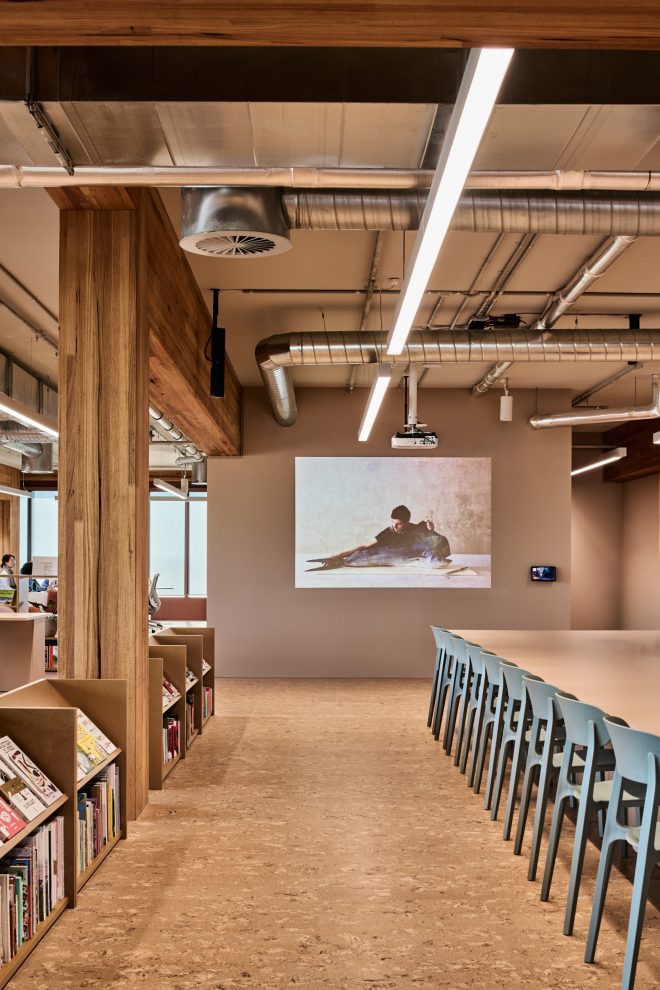
In the wake of Coronavirus (COVID-19) and the social distancing measures being put in place to halt the spread, many businesses must now address remote working to ensure the economy doesn’t grind to a halt. Fortunately for Carr, our infrastructure is already in place, but what does it mean for the rest of the country?
The ability to work from anywhere with nothing but a laptop and an internet connection has been a possibility since the dawn of personal computers and Wi-Fi. It has spawned the world of entrepreneurs who tout kicking back on an exotic beach as a new class of work methodology. But for the most part, this notion is nothing more than an idea for many industries, and architecture and design has been one that has slowly crept toward more flexible models, maintaining a firm grip on more traditional ways of working. There are valid reasons for this, chiefly that design is a collaborative process and for most practices, the IT infrastructure and software needed to facilitate a decentralised workforce hasn’t allowed most studios to keep up with the times.
The pressure of a crisis
As the global Coronavirus (COVID-19) pandemic continues to spread across the world, businesses have been forced to embrace working from home to keep the economy going. Now more than ever is a time that businesses must adapt and move with the swiftness usually reserved for start-ups – with agility and disruption.
In our own studio here at Carr, we’re already well into the implementation of a new IT infrastructure set up with the purpose of enabling more flexible work conditions, including working from home. The advent of this pandemic, although undoubtedly a cause of panic and anxiety for many, is a good test case in how our team can adapt at the pace of the world around us while continuing to produce work and deliver for our clients.
“We recognised the need to embrace technology long ago and set about rolling out new systems. Right now, our main objective is to manage the smooth transition, which would not be possible without the early research and integration of the right technology,” says Director Nick Carr.
Working from home in Australia
The Australian Bureau of Statistics (ABS) released data in 2016 that almost a third (3.5 million) of all employed persons regularly worked from home, with 42 per cent of those citing the need to catch up on work as the main reason for doing so. These insights reveal the need for varied modalities of working environments. The classic office is where meetings, collaboration and knowledge sharing take the forefront; while the quiet, distraction-free surrounds of the home create the right environment for concentration work.
For Associate Director Rosie Morley, being able to work remotely has enabled her to live in the Macedon Ranges, some 100 kilometres from the city, where she and her husband lovingly restored an old pub. The decision to make a tree change was one that might not have been possible without technology-enabled communications and a workplace environment that understands the inherent benefits of remote working.
With the status of the pandemic changing by the day, it’s hard to say what the ultimate fallout will be. But the businesses set up and ready to decentralise the workplace will be the ones that will handle whatever comes next.






























































































































































































































































